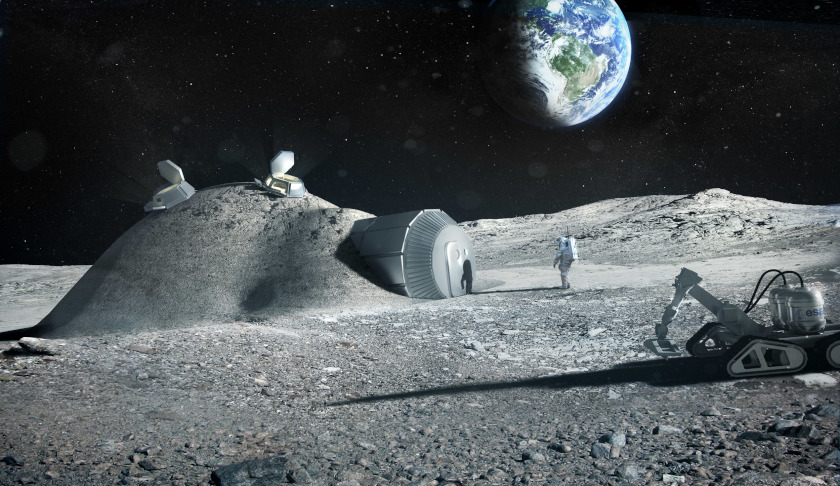
Bridenstine appeared before the US Senate commerce committee last week and explained that a cost estimate won’t be ready until next February when the administration of President Donald Trump makes a budget request for the necessary funding.
He said a detailed estimate depends in part on what commercial partners will contribute and also on decisions on development of programs like the Space Launch System, which will be used to launch the next generation of moon astronauts.
“We are working within the administration to come up with what the trades are, so we can get an accurate budget presented for 2021. In that 2021 budget, you will see the out year funding for the Artemis program, through 2024 and beyond,” he said.
Continuing its them of naming space programs after Greek gods of mythology, NASA has christened its new moon landing program Artemis, twin sister of Apollo and goddess of the moon, and also of the hunt and chastity.
NASA initially planned to return to the moon in 2028, but last year the Trump administration directed it to get there in 2024.
There’s been considerable speculation about the cost and Bridenstine gave the first clear indication in an interview with CNN in June.
“For the whole program, to get a sustainable presence on the moon, we’re looking at between US$20 and 30 billion,” he said.
“When we talk about the US$20 to 30 billion, it would be US$20 or 30 billion on top of the normal NASA budget but of course, that would be spread over five years.”
With no indicative costs available, there was widespread concerns that NASA might need to cannibalise other programs to gain the funds it needed for the moon program.
There’s also considerable scepticism that the proposed moon landing is achievable in 2024 because of the work still ahead and without much more money.
NASA has so far just US$1.6 billion in additional Artemis funding for FY2020, most for work on lunar lander work and the rest on SLS.
Unlike the Apollo program of the 1960s, NASA is looking to commercial partners for important capabilities such as the lunar lander. Amazon founder Jeff Bezos has already unveiled his concept for such a lander.
In his appearance before the Senate commerce committee, Bridenstine said some firms had offered to pay 30 per cent or more of the cost of their proposed landers. Their interest was in customers other than NASA.
“That helps us if they get selected for the project,” Bridenstine said.
“Depending on how much money these companies invest, it changes the number for NASA’s costs.”
Bridenstine suggested there be a type of contest among the lander companies.
“In my view, we should have three commercial landers that are receiving support from commercial industry. And then, as time goes on, downselect to two,” he said.
Receive the latest developments and updates on Australia’s space industry direct to your inbox. Subscribe today to Space Connect here.












